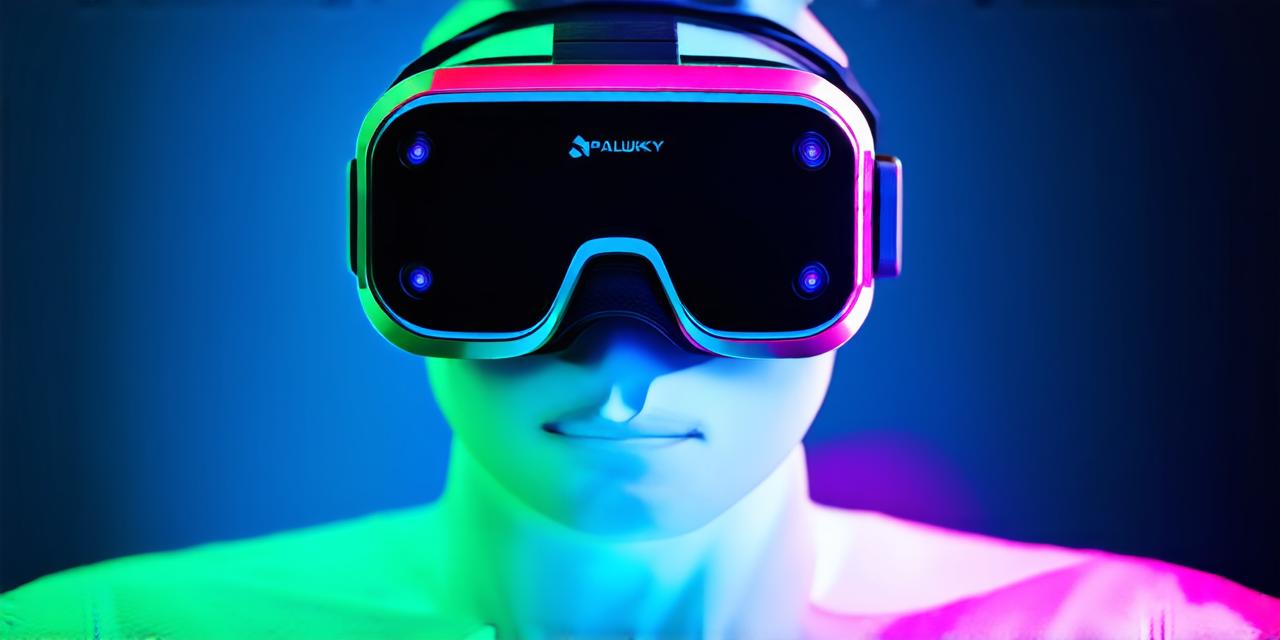The Early Days of VR Headset Development
The concept of virtual reality dates back to the 1950s when researchers began exploring ways to create immersive environments for users. One of the earliest attempts at creating a VR headset was by Ivan Sutherland, an American computer scientist and inventor. In 1968, he created the first VR headset called “The Sword of Damocles.” This bulky device used a projector to display a screen in front of the user’s eyes and was mounted on a pole above their head.
Another pioneer in the field of VR was Jaron Lanier, an American computer scientist and author. In 1983, he developed the first wearable VR headset called “EyePhone,” which allowed users to look around a virtual environment by moving their heads. Despite these early attempts, it wasn’t until the late 1990s that VR technology began to gain widespread attention.
Modern Developments in VR Headset Technology
In the late 1990s, several companies began developing modern VR headsets. One such company was Silicon Graphics (SGI), which released the first commercial VR headset called “CyberSpace” in 1999. This headset used a display screen and two cameras to track the user’s movements and provide a realistic immersive experience.
Another notable company in the development of modern VR headsets was Oculus, founded by Palmer Luckey in 2012. Oculus released its first consumer-grade VR headset, the Oculus Rift, in 2016. This headset used sensors and cameras to track the user’s movements and provide a highly immersive experience.
Role of Smartphones in VR Development
While traditional VR headsets have been expensive and bulky, the advent of smartphones has made it possible to create more affordable and portable VR experiences. In 2014, Samsung released the Gear VR, a VR headset that used a Samsung Galaxy phone as its display screen. This allowed users to experience VR on their existing devices without having to invest in expensive hardware.
Another company that has played a significant role in VR development is Google. In 2015, the company released the Google Cardboard, an affordable and accessible way to experience virtual reality. This device uses a smartphone as its display screen and allows users to immerse themselves in virtual worlds using simple cardboard sensors.
Future of VR Headset Development
As VR technology continues to evolve, we can expect to see even more innovative and affordable VR headsets emerge in the future. One area of development that is particularly exciting is the use of haptic feedback technology to provide users with a more realistic immersive experience. Haptic feedback technology provides users with a more realistic immersive experience by simulating physical sensations such as touch, vibration, and pressure.
Another area of interest is the integration of augmented reality (AR) technology into VR headsets. AR allows users to interact with virtual objects in the real world, providing a more seamless and natural experience. By combining VR and AR, we can create even more immersive experiences that blend the physical and digital worlds.
FAQs
Who invented the first VR headset?
Ivan Sutherland is credited with inventing the first VR headset called “The Sword of Damocles” in 1968.
What is a modern VR headset?
Modern VR headsets are advanced devices that use sensors, cameras, and display screens to track the user’s movements and provide a realistic immersive experience. Examples include the Oculus Rift and HTC Vive.
How has smartphones impacted VR development?
The advent of smartphones has made it possible to create more affordable and portable VR experiences. Companies like Samsung and Google have released VR headsets that use smartphones as their display screens.
What is haptic feedback technology?
Haptic feedback technology provides users with a more realistic immersive experience by simulating physical sensations such as touch, vibration, and pressure.
What is augmented reality (AR)?
Augmented reality is a technology that allows users to interact with virtual objects in the real world. It provides a more seamless and natural experience than traditional VR.
